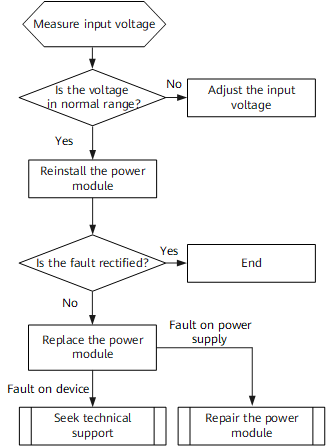
































Kyrgyzstan has officially launched USDKG, a gold-backed stablecoin that is entirely backed by the government, marking a significant shift in the nation's digital currency strategy.
The decision to focus on a gold-backed model contrasts with the global trend of using fiat currencies, like the US dollar, to support stablecoins. The move is seen as pragmatic, especially in a time of uncertainty around cryptocurrency regulations.
Gold, historically considered a hedge against economic volatility, is now being used as collateral to back the stablecoin.
The government hopes that this will instil more trust among users compared to stablecoins backed by traditional digital currencies. However, it remains to be seen whether this approach will gain traction globally, as nations like Abu Dhabi also explore alternative asset-backed stablecoins, such as AE Coin.
Kyrgyzstan's gold-backed stablecoin strategy is part of a broader trend where countries and corporations are increasingly adopting stablecoins to enhance digital finance.
The Bahamas introduced the Sand Dollar in 2020, becoming the first country to launch a central bank digital currency (CBDC). Meanwhile, Wyoming in the US is planning to launch its stablecoin in early 2025, and private companies, such as Braza, are integrating stablecoins into global payment systems.
USDKG's success will largely depend on how effectively Kyrgyzstan manages its gold reserves and maintains transparency to ensure user confidence. If successful, this model could inspire other nations to move away from fiat-backed stablecoins, offering a more stable and tangible alternative.
 Tags chauds:
Les crypto-monnaies
La chaîne de blocs
économique
Tags chauds:
Les crypto-monnaies
La chaîne de blocs
économique